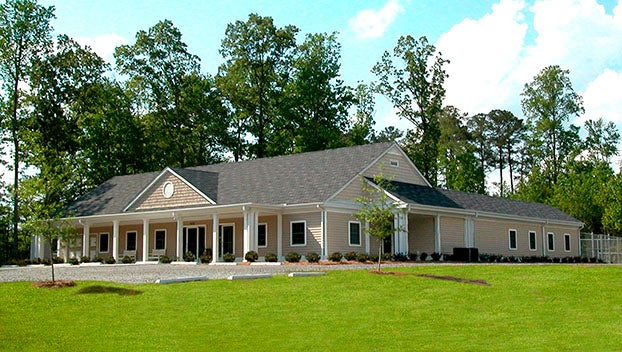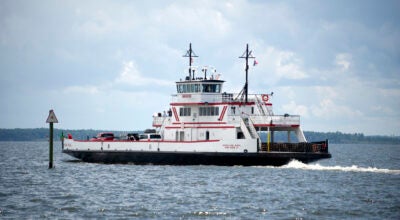Emergency personnel watch, wait as Matthew approaches
Published 6:41 pm Tuesday, October 4, 2016

- MENACING MATTHEW: This graphic shows Hurricane Matthews’ threats as of late Tuesday afternoon.
Better safe than sorry.
That’s the attitude being taken by emergency-response personnel in Beaufort County and other areas of eastern North Carolina as Hurricane Matthew churns its way through the Caribbean, possibly reaching the Carolinas this weekend.
The region is under a hazardous-weather outlook through the weekend, according to the National Weather Service office in Newport. On Tuesday, Gov. Pat McCrory declared a state of emergency for eastern and central North Carolina. Matthew has company. As of Tuesday evening, Tropical Storm Nicole was several hundred miles northeast of San Juan, Puerto Rico, and moving northwest at 8 mph, according to NWS data.
“We will prepare like this thing’s coming through worse than what Irene was. You prepare for the worst,” said John Pack, Beaufort County’s emergency-services director, on Tuesday. Hurricane Irene battered eastern North Carolina on Aug. 31, 2011. Irene directly caused 49 deaths and left $16.5 billion in damage in its wake. Rainfall totals from Irene were especially high, ranging for 10 to 14 inches.
“We’re already holding meetings,” Pack said. Those meetings and conference calls involve the county’s EOC (Emergency Operations Center) support team, North Carolina Emergency Management, National Weather Service and other state and federal agencies, he said.
The EOC support team meets at 2:30 p.m. today (the same time it met Tuesday), Pack said.
“At 2:30 p.m. (Tuesday) we will begin the arduous task of figuring out areas of possible consideration for evacuation. Do we need a state of emergency? The state of emergency will help us do better, if was ask the county commission to declare one,” Pack said. “We’re also ramping up all the preparations for shelters and the feeding of the people in the shelters. We’ve been calling all the assisted-living facilities and all the special-needs people we know of to determine what their plans are.”
Pack said his office would consult with officials of the county’s municipalities regarding possible evacuations. “We don’t do the evacuations and all this planning without including all towns in Beaufort County,” he said.
Hyde County’s Emergency Management Department continues to monitor Matthew. The Ocracoke Control Group is meeting daily. Hyde County officials have been considering issuing emergency protective orders, which could take effect today.
Matthew, forecast to be a Category 2 hurricane by the time it reaches this region, has the potential to bring a wide range of threats to the area, including, but not limited to, the following:
- dangerous, potentially life-threatening storm surge;
- damaging strong winds that could produce prolong power outages;
- heavy rain and flash flooding;
- tornadoes;
- extremely dangerous conditions for boaters.
Regardless of the exact track or strength of Matthew, there is the possibility of dangerous and life-threatening effects across the entire area. Have disaster preparedness kits ready and be prepared to evacuate if asked to do so, advises the NWS.
“It’s too early really come up with some definite numbers. We’re kind of saying 3 to 5 feet above ground,” said meteorologist Scott Kennedy with the NWS office in Newport on Tuesday. “There are a lot of variables that could play into how much you’ll get and exactly where. It’s tough to pinpoint.”
Kennedy said there are “high possibilities of getting significant storm surge,” naming Whichard’s Beach, Aurora and Belhaven as areas with past storm-surge histories. “If you’re prone to storm surge, you need to take protective action,” Kennedy said.
Storm surge is an abnormal rise of water generated by a storm, over and above the predicted astronomical tides. Do not confuse storm surge with storm tide, which is defined as the water level rise caused by the combination of storm surge and the astronomical tide, according to the center. This increase in water level may cause extreme flooding in coastal areas, particularly when storm surge occurs during a normal high tide, resulting in storm tides reaching up to 20 feet or more in some instances.
Aurora residents learned about storm surge when Hurricane Irene passed through the area several years ago, according Pack in a previous interview. Pack noted that Hurricane Irene was a category 1 storm with minimal hurricane-strength winds, but its associated storm surge caused major problems in the Aurora area and other places in eastern North Carolina.






